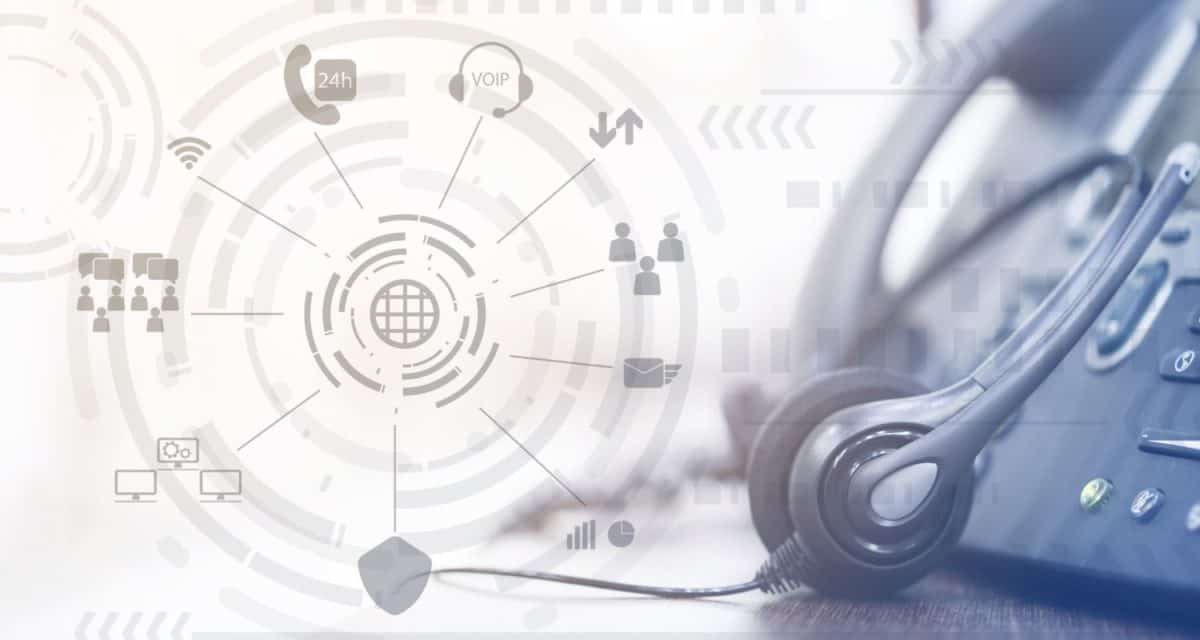- Pesticides Affect Hearing in Farmers - September 2, 2024
- Hearing Loss is #1 Disability for Veterans - August 1, 2024
- Untreated Hearing Loss linked to Dementia - July 1, 2024
If you have hearing loss it is important to act and seek treatment. The most popular and effective method for addressing hearing loss is hearing aids, which electronically amplify sounds you can’t quite decipher on your own. While these devices are incredibly helpful, assistive listening devices (ALDs) go the extra mile to help you hear your best in specific situations. ALDs are devices that can be used along with your hearing aids to enhance your listening experience and provide extra support in challenging listening situations. Rather than an alternative to hearing aids they act more like a support system for particular occasions. Here are a few of the most common and helpful types:
Public-use assistive listening devices (ALDs)
Public spaces such as churches, public transportation stations, courtrooms, theaters, and schools can be challenging listening environments. At the peak of use, these public spaces are filled with multiple conversations and background noise echoing off walls. This can make it a challenge to effectively hear, even with hearing aids. Public-use ALDs include loop systems, FM or DM systems, and infrared systems which all require installation within spaces which are challenging for hearing aid users.
Loop Systems
Loop systems, sometimes called an induction loop, use a pre-installed telecoil (or “t-coil”) in hearing aids. This uses an electromagnetic signal to transmit sound directly from a microphone or loudspeaker, directly to your hearing aids.
Infrared systems
Similar to induction loops, infrared systems are used in situations where more privacy and confidentiality are essential such as in courtrooms and banks. Instead of relying on an electromagnetic signal, infrared systems use the power of light to send signals to hearing aids. Infrared signals cannot travel through walls adding an extra layer of privacy.
FM Systems
FM Systems and DM systems are common in educational settings and use a “boot” – a tiny device attached to the hearing aid or receiver worn around the neck like a lanyard. This allows amplified sound sent by an instructor to be sent to the FM system, relying on radio waves. DM systems rely on digital signals and provide an even clearer sound. This allows students with hearing issues to have the added advantage of amplified and clearer hearing despite distracting background noise in large educational environments.
Personal assistive listening devices (ALDs)
Some ALDs are used for personal use such as speaking over the telephone, personal amplifiers, notification systems, or media streamers.
Amplified telephones
Speaking over the phone is difficult with hearing aids and can affect job performance and a person’s ability to make plans. Amplified telephones offer an adjustable volume setting and adjustable tone control to help you hear speech more clearly. They also offer an extra loud ringer volume, so you can be sure to never miss a call. With the popularity of Smartphones over landlines many amplified telephone features are now available under the settings menu of your phones, such as increased amplification and Bluetooth compatibility which can stream conversation from your phone directly to your ears.
Notification Systems and Safety Alerts
Notification systems allow you to never miss important alerts such as alarms in our home, such as alarm clocks, doorbells, and smoke detectors. Using lighting, vibrations, and amplified sounds are added safety features to make sure you are alert and ready for whatever comes your way.
Personal Amplifiers
A personal sound amplifier helps you have a conversation with another person and is incredibly helpful in professional and educational environments when you need to hear a specific speaker. The device consists of a microphone attached to headphones – the microphone is by the speaker, while the headphones are worn by the listener. Personal amplifiers are ideal for those with moderate to severe hearing loss used with or without hearing aids.
TV Streamers
One of the most common frustrations of hearing loss is nightly arguments around the volume of the TV. You need it turned up to hear while the volume may feel volatile to those with normal hearing. TV streamers allow you to listen at a level that is appropriate for you, without blasting the volume for others in the room. Most TV streamers use radio waves to wirelessly transmit the sound from the TV to a headset. Today with the use of Bluetooth and other wireless streaming on many hearing aid models you can now stream your TV, radio, or Smartphone audio, directly to your hearing aids for clear crisp sound.
Need help choosing the right ALD for you?
There are a lot of options out there and we are here to help suggest and find the best options for you. To find out more, schedule a consultation with us today.

